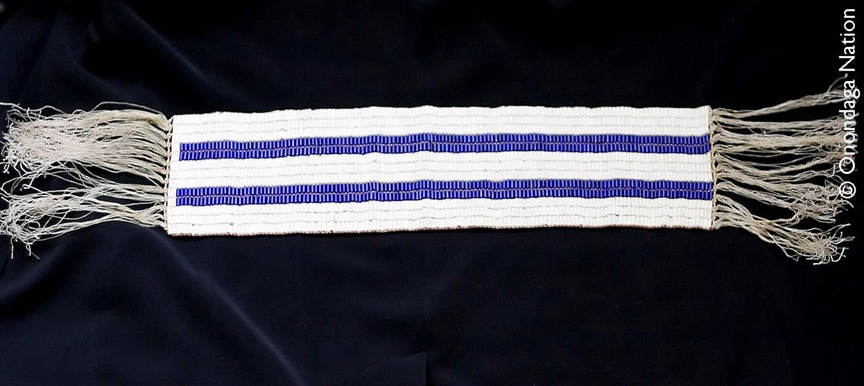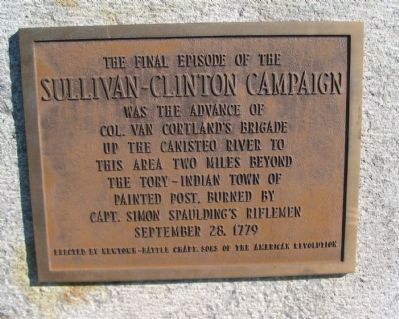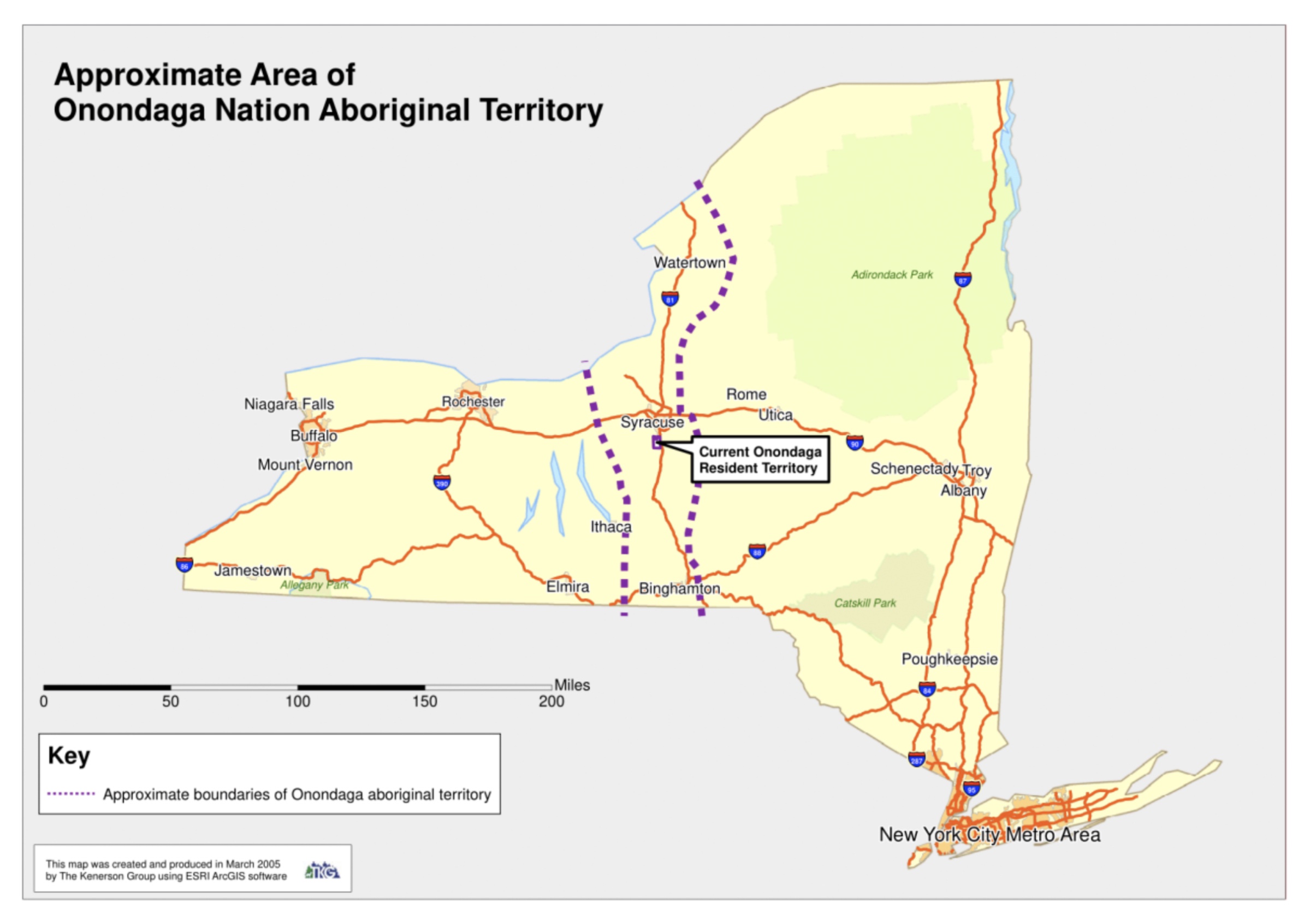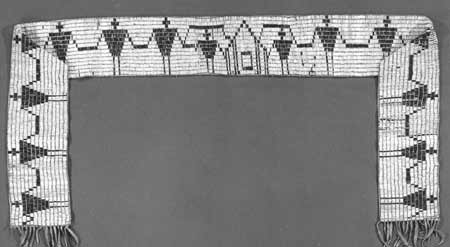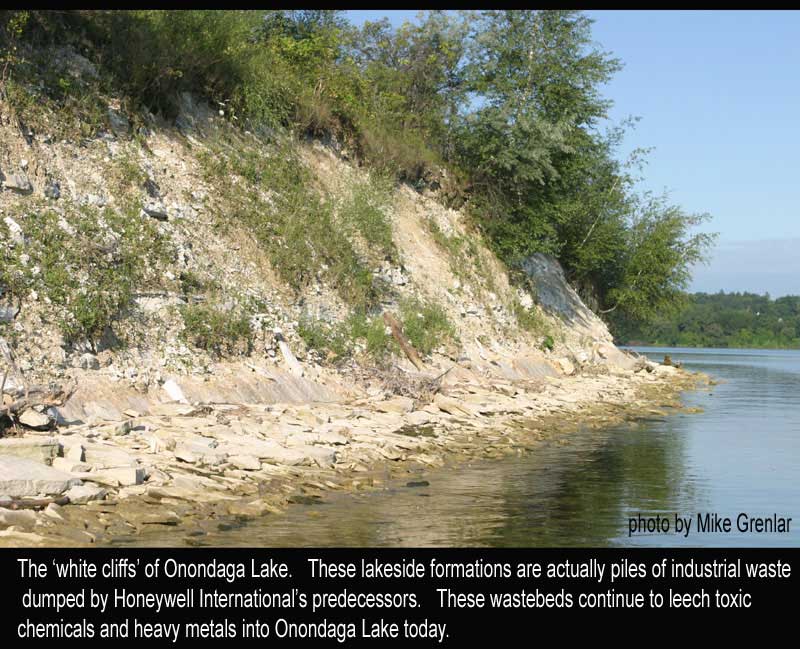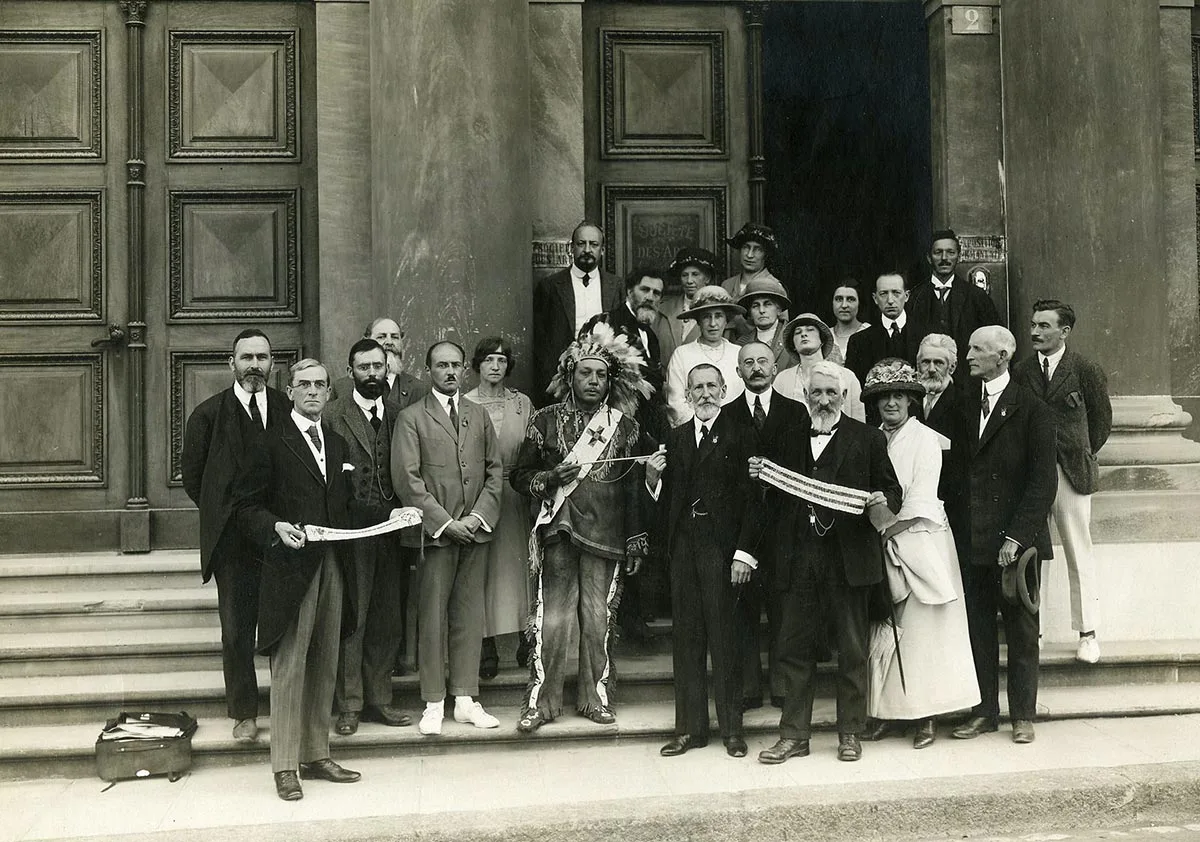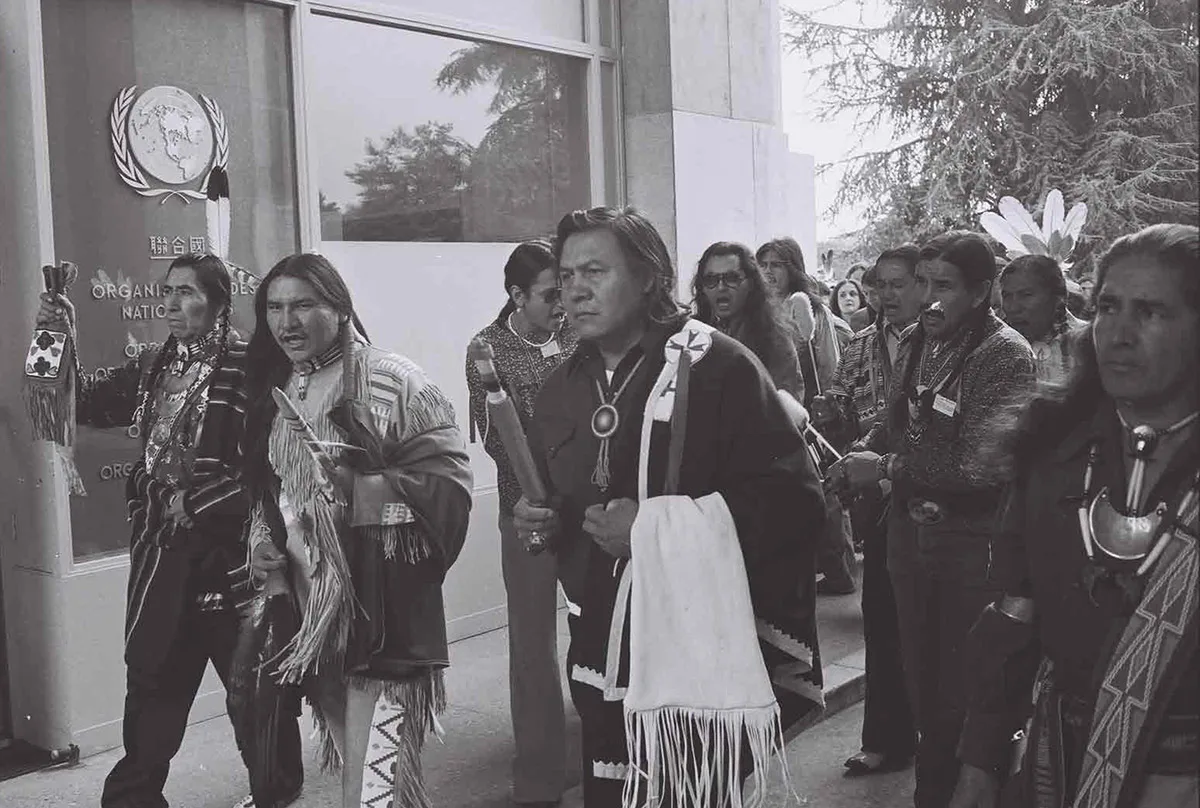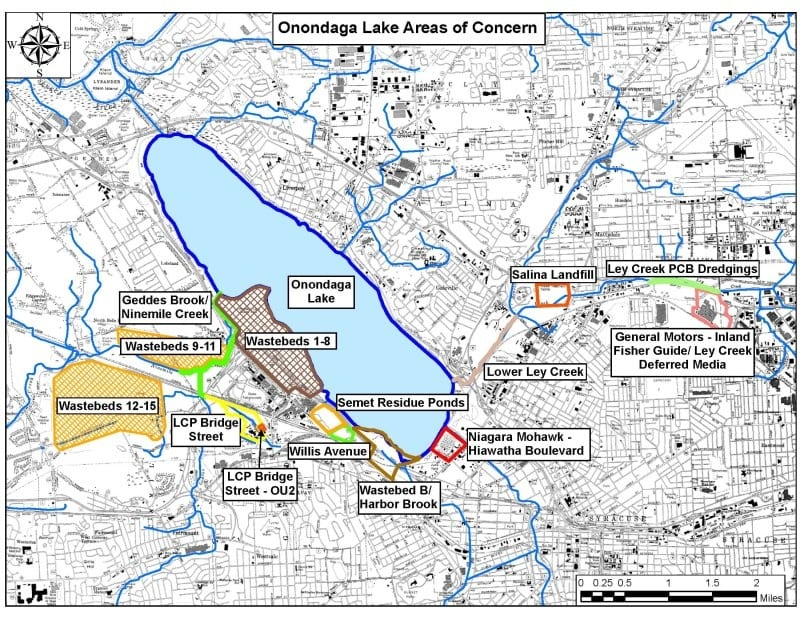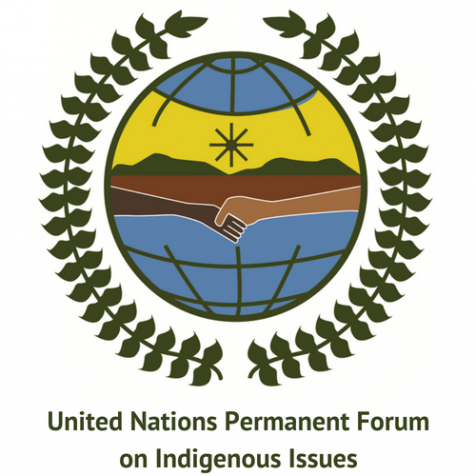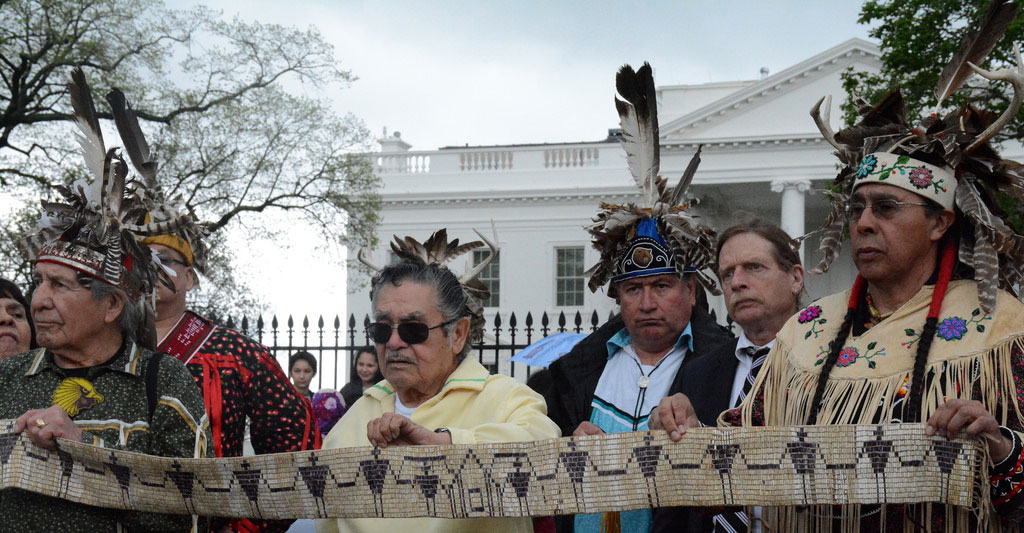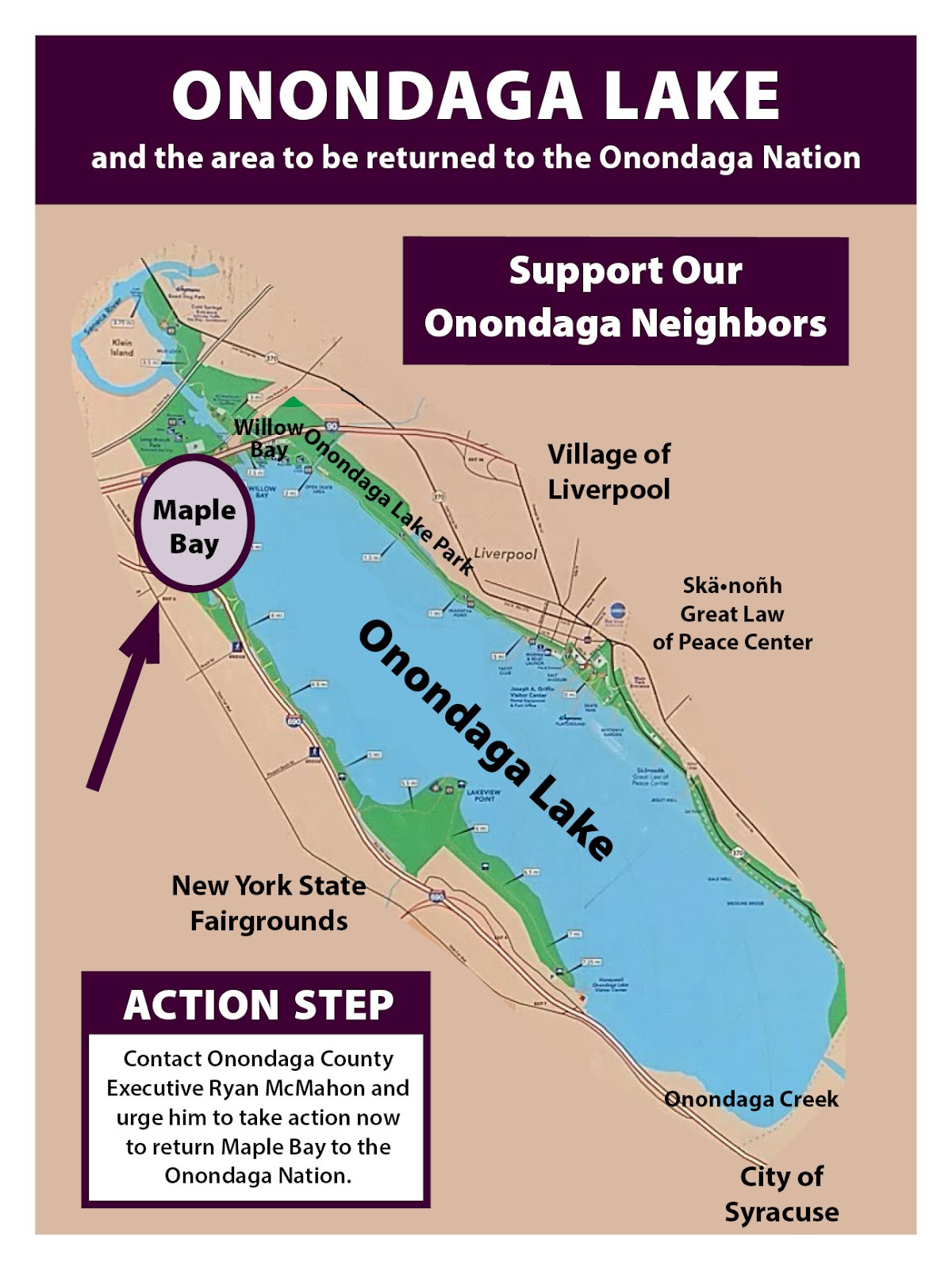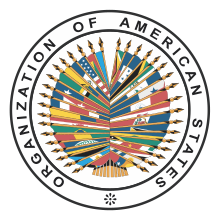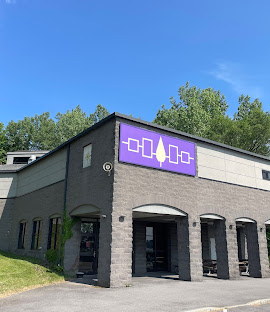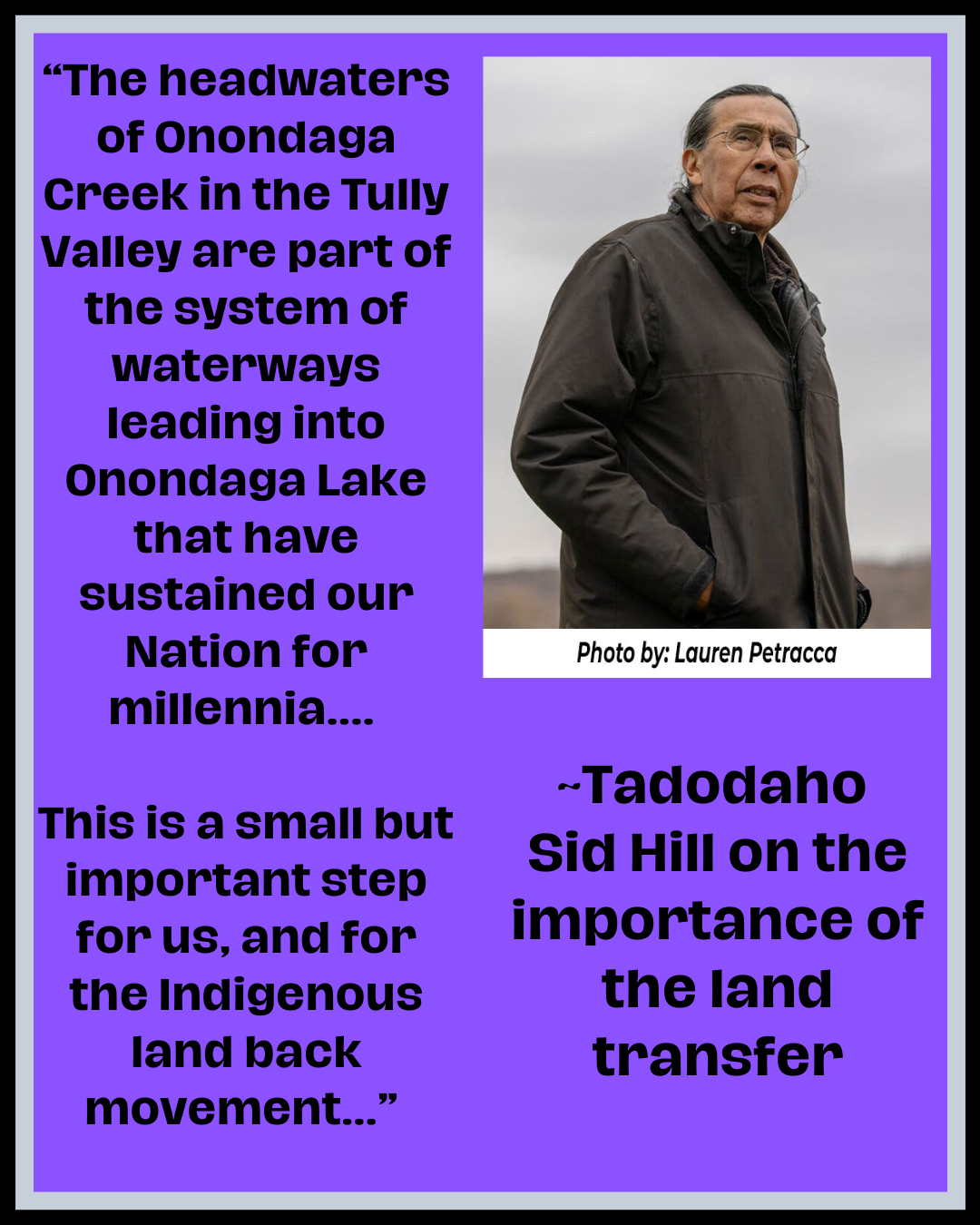Timeline
The Past, Present, and Future of Onondaga Lake
Onondaga Lake is a Relative, not a Resource .
American Indian Law Alliance Founder Tonya Gonnella Frichner (Onondaga Nation, Snipe Clan) reminds us that Mother Earth is a relative, not a resource. Ongweoweh (The Original People) and the lake have a long history of reciprocal caretaking extending far before European colonization.
Tragically- because of the Doctrine of Discovery- Onondaga Lake, the sacred lake of the Haudenosaunee Confederacy, has been treated as a resource for extraction and pollution, not a relative to live in caring reciprocity with.
This timeline is a work in progress, and uplifts various important dates related to Onondaga Lake and the Haudenosaunee Confederacy, which was founded at the shores of the lake.

